As part of our special semi-annual series of posts, yesterday we reviewed multifamily residential development in the Downtown Denver area; today we will look at the non-residential development (office, hotel, and civic/other) that has occurred in downtown since our summary in June 2018. Like before, only projects within a 1.50-mile radius of the historic D&F Tower at 16th and Arapahoe are included. For our previous semiannual summaries, please go to the Special Features menu above.
Below is our new December 2018 Downtown Denver Non-Residential Summary exhibit. You can view/download a high-resolution PDF version (about 5 MB) of the exhibit here. Go to the Projects menu or use the Project Map under the Special Features menu to view the posts on any particular project.
Office
Since our June 2018 summary, only 1 office building wrapped up construction during the past six months, the 430,000 square foot 16 Chestnut, with DaVita occupying most of the building as part of their HQ campus and Slack as the other main tenant. This brings the total square footage of new office development completed within our downtown survey area since January 2010 to 4,032,000.
Starting construction in the past six months were 2 new office projects totaling 255,000 square feet: the 30,000 square foot LoHi Offices on 32nd, and the much larger 225,000 square foot office component of the Colorado Rockies Mixed-Use development at 19th and Wazee. Altogether, 1,371,000 square feet of office space is now under construction in the downtown area. The biggest office building underway is the 30-story Block 162 tower at 15th and California.
Joining the Proposed category this period were 2 new office developments with a combined 347,000 square feet: the 247,000 square foot One Platte project and the 100,000 square foot St. Joseph Medical Pavilion, bringing the total square footage of proposed office space to 1,131,000. However, a big chunk of that—680,000 square feet—is for Two Tabor Center, the office tower that has been on a 33-year quest to exist. We got excited in March when a sleek new tower design and marketing website were revealed, followed in May by the submittal of a Site Development Plan to the city. But not much has happened since.
Of the 1,371,000 square feet currently under construction, 450,000 of that should be finished by the end of 2019. Adding in the 4,032,000 square feet already completed gives us 4,482,000 square feet of office space in 31 projects that will be developed this decade within our downtown survey area.
Below: The nineteen-story 16 Chestnut building next to the Millennium Bridge was the only downtown office development to finish construction in the past six months.
Hotel
No downtown hotels were finished in the past six months, so our Completed total still stands at 3,367 new downtown hotel rooms since January 2010.
However, we did have 1 hotel break ground recently: the 13-story hotel with 176 rooms that is part of the Colorado Rockies Mixed-Use project next to Coors Field. Altogether, there are currently four hotels under construction in the downtown area with a combined 929 rooms. Three of those hotels totaling 753 rooms should open by the end of 2019, so adding that to our Completed total of 3,367 gives us 4,120 rooms in 19 new hotels for Downtown this decade and approximately 11,000 hotel rooms in Downtown overall.
Developers are still bullish on the downtown hotel market, with 3 new hotels proposed this period totaling 853 rooms. One of these newly proposed hotels is an adaptive reuse of the Emily Griffith Opportunity School building on Welton. Unlike our residential, office, and civic/other categories, we include adaptive reuse hotel projects in our development summaries since there are only a few of these types of hotel projects (tagged with asterisks in the exhibit table) and including them in our tally gives us a complete accounting of all new downtown hotels. The biggest of the proposed new-construction hotels is the Block 162 Hotel, coming in at 38 stories and 450 rooms. One proposed hotel project, 1701 Blake, has been cancelled, so we have removed it from our exhibit map and project list. In total, there are now six hotels with a combined 1,299 rooms in the Proposed column.
The one hotel we were hoping would be under construction by now is the 1600 Market Hotel. But don’t worry, that project is almost finished with its building permit approvals and it is on the January agenda for the Lower Downtown Design Review Board for a revision to some facade details, so it is still very much alive. Hopefully, that project will get underway soon into the new year. Finally, there are a couple of big “in the pipeline” hotel projects that may become public in the coming months. Stay tuned!
Below: Construction started this fall on the Colorado Rockies Mixed-Use project that includes a 13-story, 176-room hotel.
Civic/Other
Several civic, cultural, and community-oriented projects got started in the past six months, such as the Buell Public Media Center, Denver Health’s Outpatient Center, and Meow Wolf Denver. Also under construction is the Denver Art Museum’s Welcome Center and North Building renovation which, along with the Denver Health project, were made possible due to support by Denver voters in the November 2017 election. Voters approved $937 million in civic projects as part of the Elevate Denver bond program.
Below: Preliminary site work got started recently on Meow Wolf Denver’s planned 90,000 square foot facility near Mile High Stadium.
Conclusion
Combining residential and non-residential together and excluding the four adaptive reuse hotels, 120 new buildings have been built and another 45 buildings are currently under construction for a total of 165 new buildings in our downtown survey area so far this decade. Of those 165 new buildings, 48 are ten stories or more, 30 are six to nine stories in height, and 87 are five stories or less.
In all, these new buildings represent roughly $6 billion of investment in downtown. And a lot of ugly surface parking lots have been eradicated in the process too, making downtown significantly better for the pedestrian, the priority of any great urban center.
That’s it for this summary! Coming up for our first two posts in 2019, we’ve got our 3D Future Skyline feature and our winter Tower Crane Census.
Happy New Year Denver!




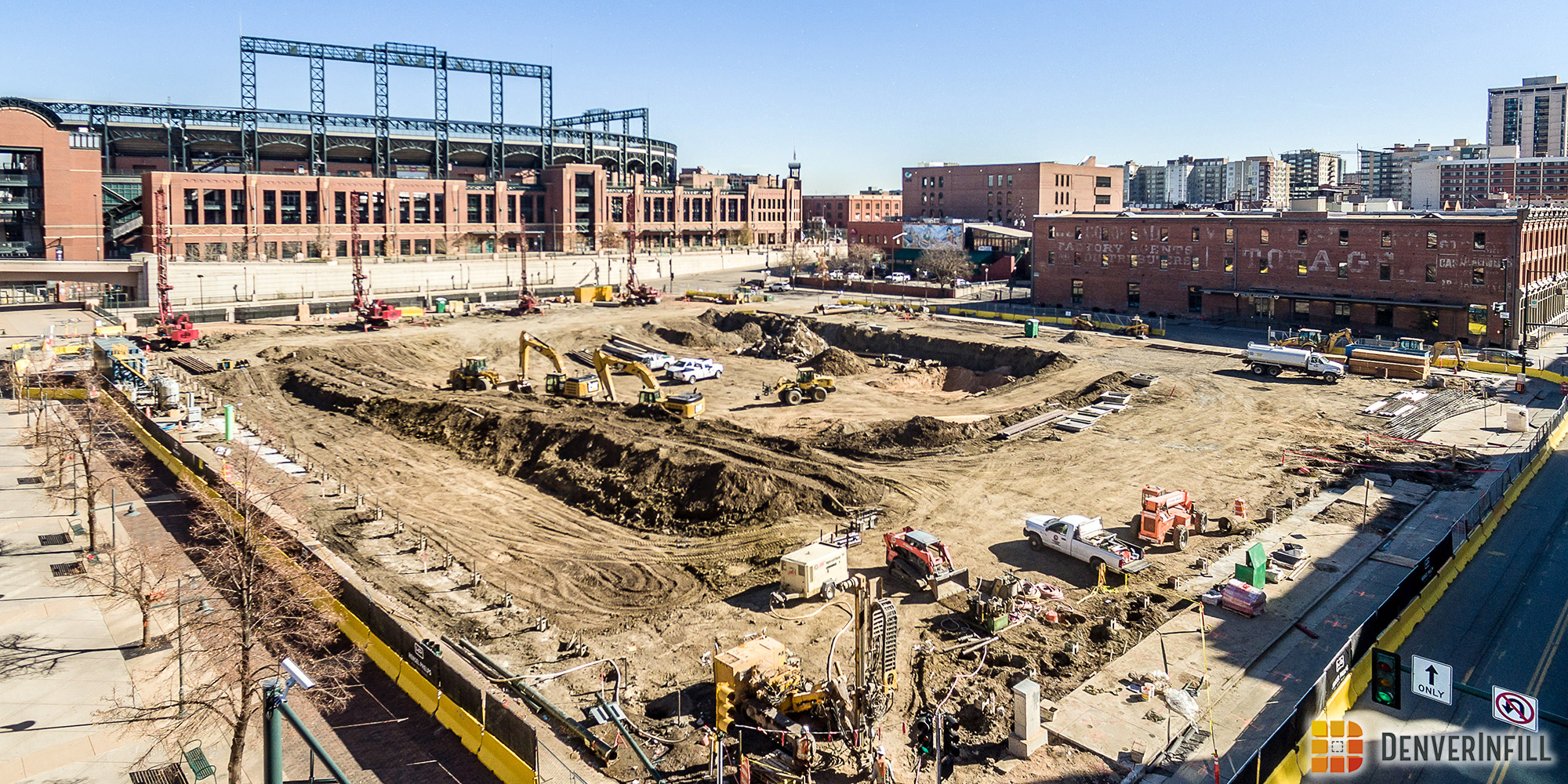

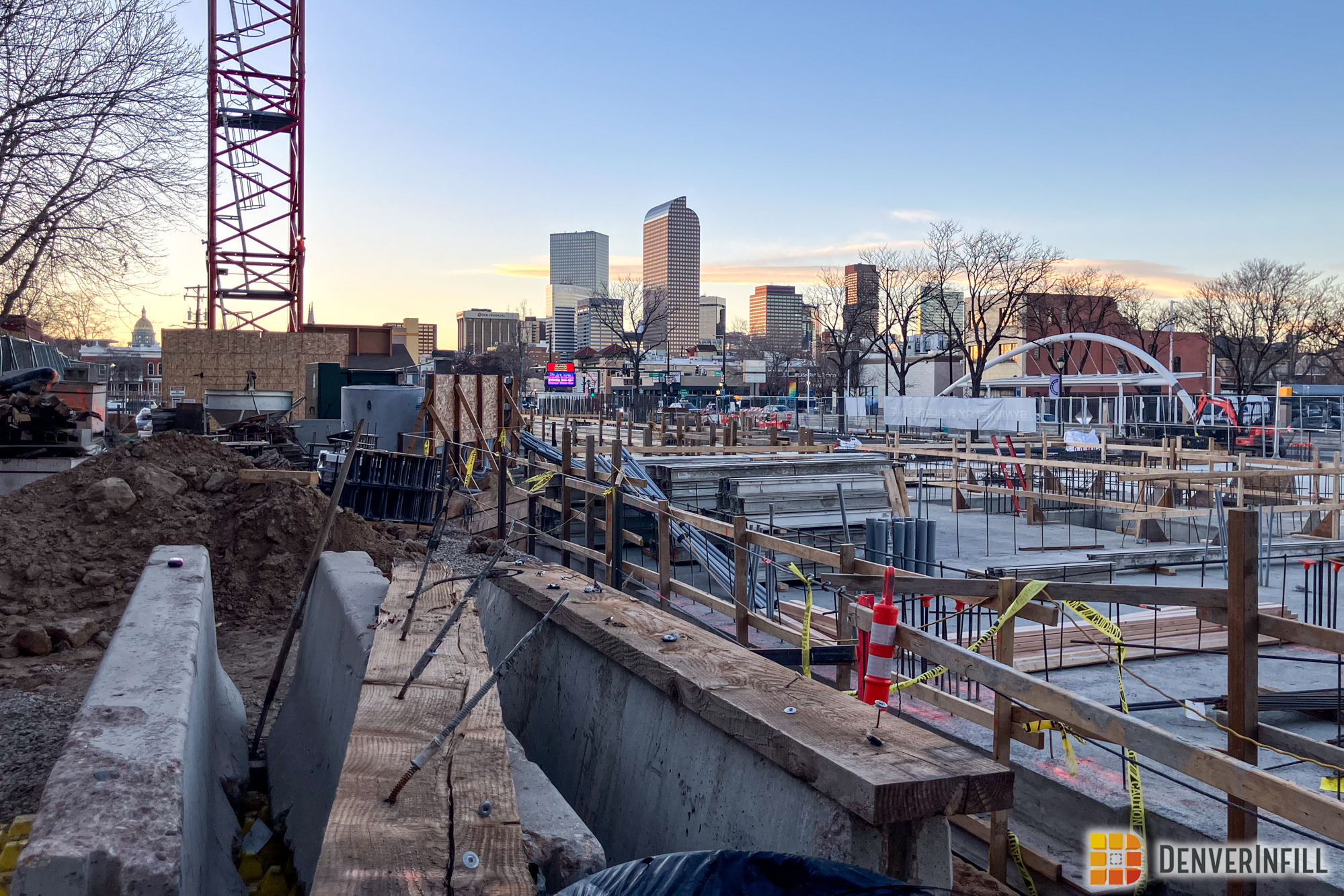
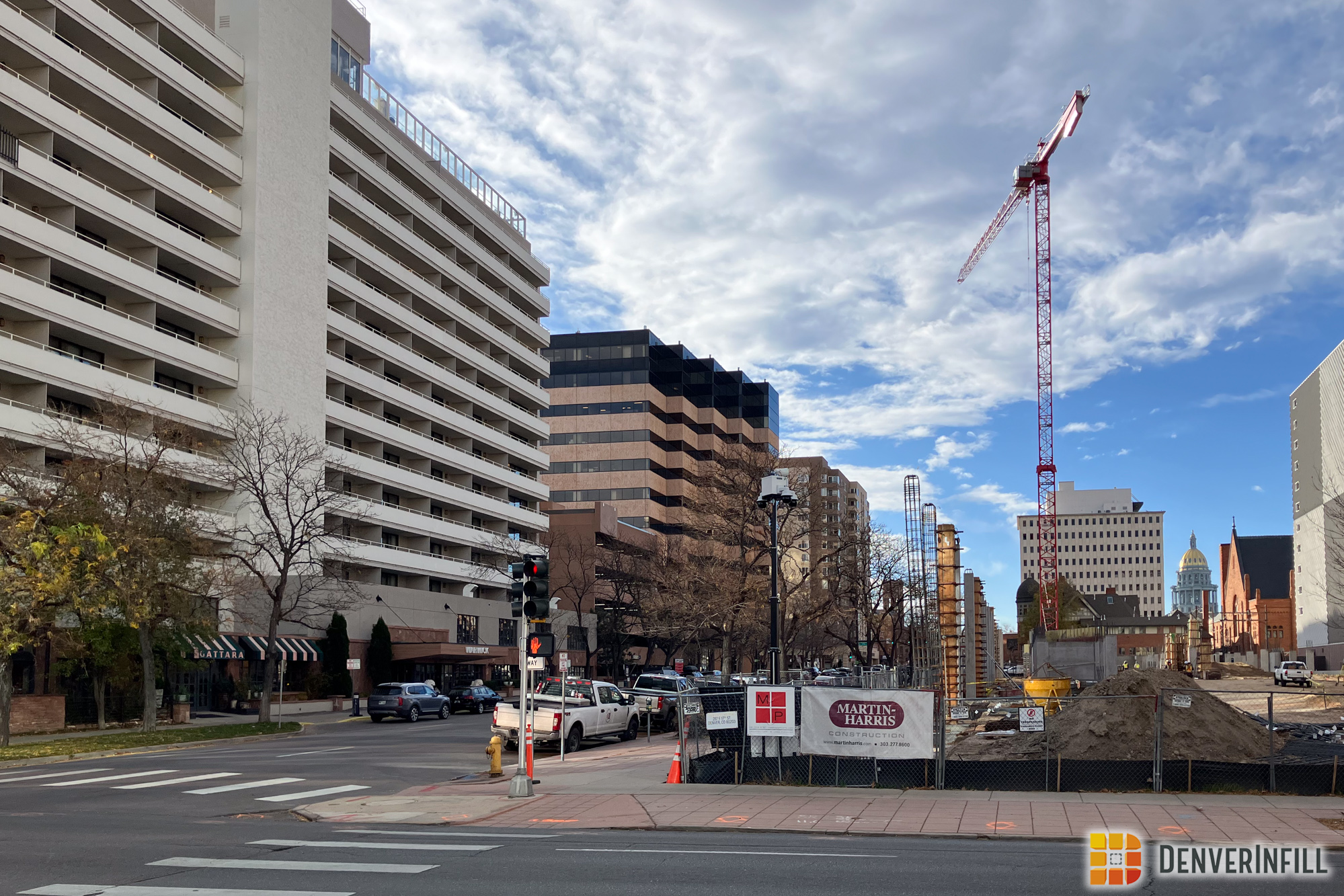
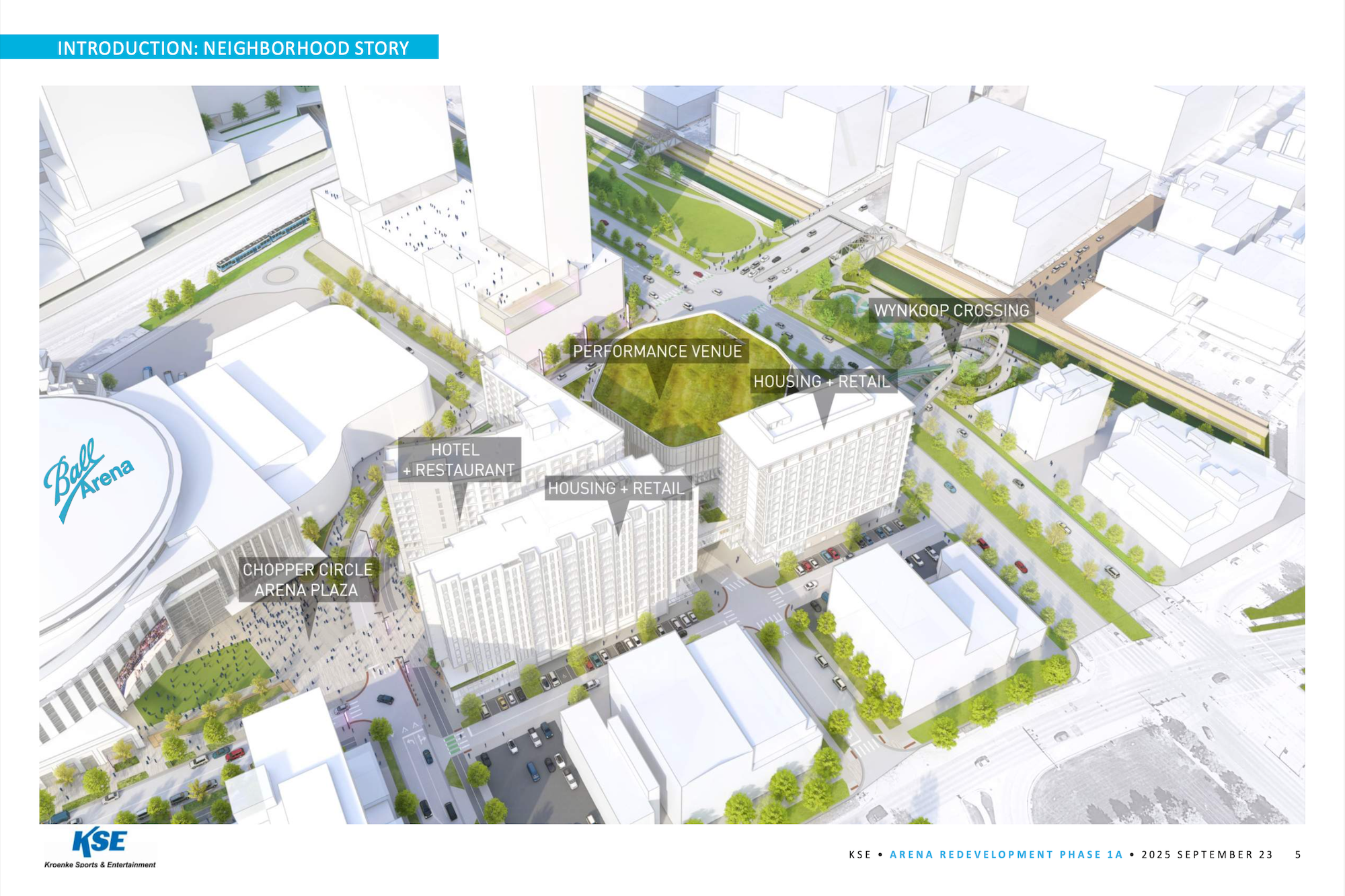
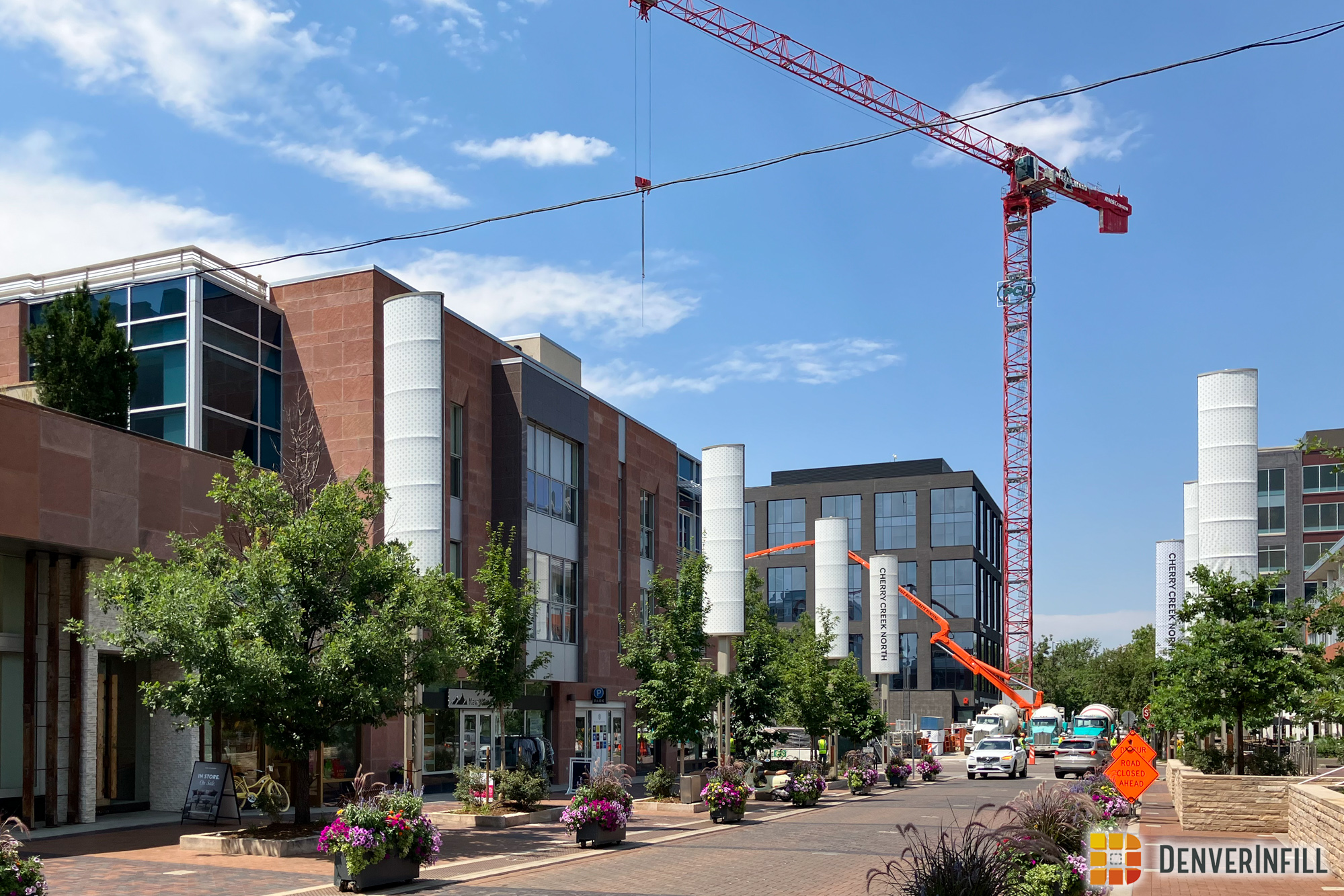
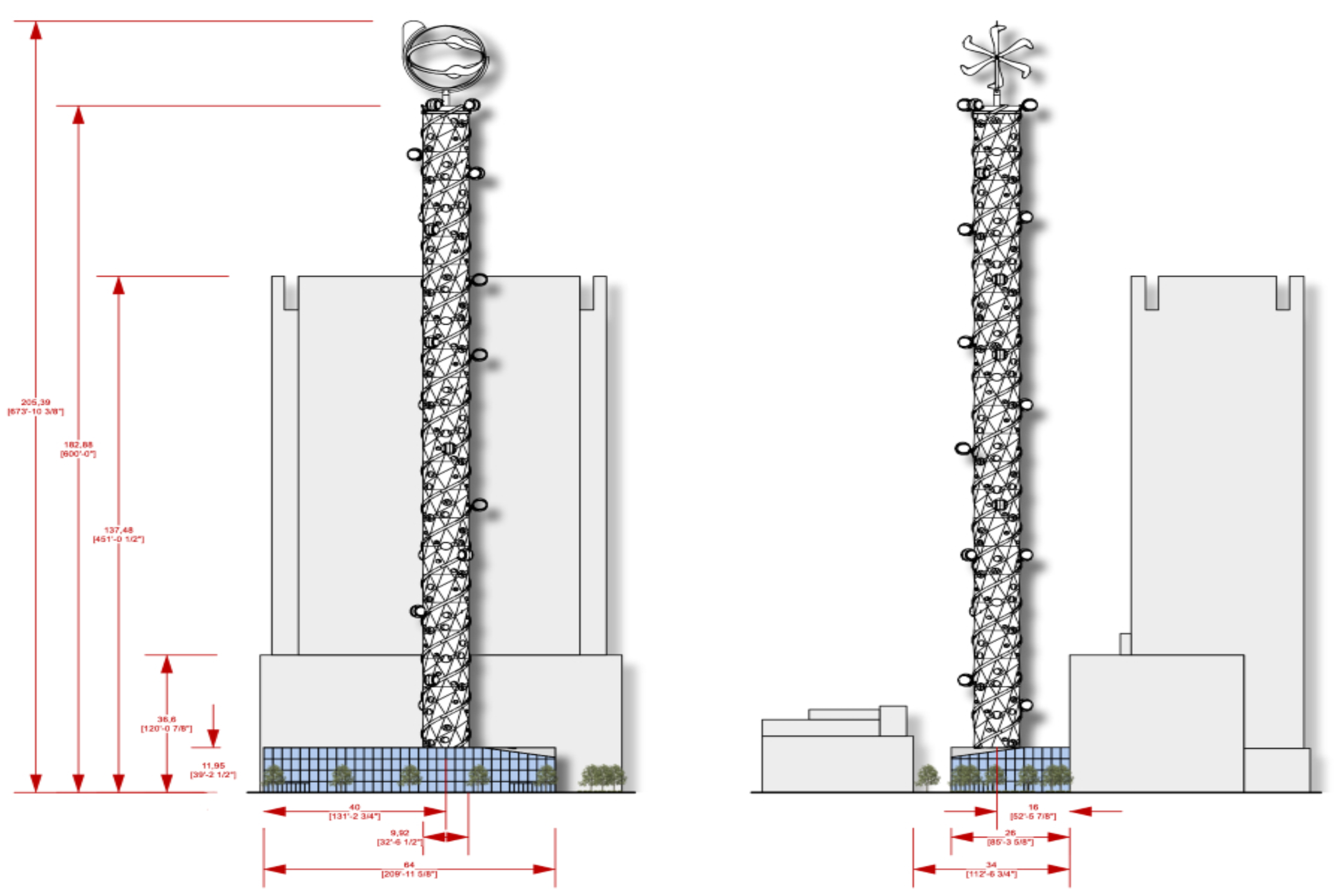




We still need a new tallest building that’s iconic and tells you that’s Denver when seeing it.
Ken,
Do you have a recent ranking of where Denver stands in terms of completed Downtown commercial office space compared to the top 20 U.S. cities? I have a feeling we are falling behind several other downtown areas in terms of overall commercial construction activity. I know for example that 10 years ago we were about the same size as downtown LA in terms of commercial office space, but would guess they have completed several million more square feet in the past few years. My estimate is we are currently at about 40 million square feet downtown? Still impressive for a city the size of Denver, but not growing percentage wise as some other cities.
Google “jones lang lasalle office outlook 2018” and the first link should be to their 2Q 2018 report. You can download it for free. At the end they have comprehensive lists and charts of office markets in all US cities and various stats (total sf, sf under construction, vacancy rates, etc.).
Here’s a link to a recent article in CREJ on the topic of availability of larger more ambitious blocks of unsigned available office space which I think is on the same point you mention.
https://crej.com/news/a-discussion-about-the-downtown-denver-market/
I am curious as to why some of the developers are timid on creating larger buildings than they have in the last 30 years when the demand has been more along the lines of “you build it and they will come”. Everything built has filled up and I’m of the opinion that pretty much anything that developers build in Denver will fill up. there’s always a healthy demand. Is it the banks being stricter locally? Maybe a kind of developer PTSD from the economic crash and over supply in the eighties? Anyhow I agree with Travis above that Denver needs a newer iconic tower to enhance it’s business image. Of course with the current uncertainty in our national economic landscape, call it the paranoia of 2019 now after China moving into the international lead with it’s economic consumer spending. Looks like this year will be dull.
Of course it’s the banks. Now that there’s no line drawn between commercial and investment banking, most institutions prefer the short-term gains of the stock market rather than where banks traditionally parked significant lumps of capital: major real estate and business development.
I thought of another question that maybe Ken could address and that is why does southeast Denver and that outlying corridor have ten million more square feet than downtown Denver. Wouldn’t that put that corridor ahead in the national scope of consideration as the leading office center of the metro area? If that’s the case Denver is really becoming more like Los Angeles than Los Angeles is. In fact DTLA has been doing more to draw the scope of regional energy back to it’s downtown than Denver has in terms of numbers.
James, it’s an apple to oranges comparison. The geographic area encompassed by the Southeast Corridor that has more office space than Downtown is huge. According to CBRE, which publishes a map with their quarterly reports, the Southeast area is everything from about Yale Avenue on the north, Parker Road on the east, southern Highlands Ranch on the south, and Broadway on the west. That’s something like 80 square miles and covers a half dozen municipalities and even counties–certainly nothing very cohesive as an identifiable “place.” Meanwhile, they define Downtown as literally just the CBD/LoDo/Union Station area, about 1.25 square miles, which has a very identifiable sense of place.
Using the latest CBRE report, which you can download here (https://www.cbre.us/research-and-reports/Denver-Office-MarketView-Q3-2018), the Southeast area described above has 36 million square feet of office space. Downtown is listed as 28 million. But they don’t even include the Golden Triangle or Uptown or RiNo as part of Downtown. They call those out separately. So if we add in what they label as “Capitol Hill” and “River North”, Downtown gets closer to 32 million square feet. Anyway, the point is it is not really a fair comparison in treating Downtown and Southeast as equals from a place-making perspective. They may be peers from a regional “office submarket” perspective, but not in the way you are thinking.
Speaking of LA, if you download the same CBRE 3Q 2018 report for LA, it shows Downtown LA has 31 million square feet of space while the other submarkets in the rest of Los Angeles County have a combined 173 million square feet of space.
Ken.
“So if we add in what they label as “Capitol Hill” and “River North”, Downtown gets closer to 32 million square feet.”
I think you meant to say 42 million square feet?
They really should include Capitol Hill , Golden Triangle, Uptown, and River North in all stats for downtown Denver.
Thanks for the updated info. Appreciate all you and Ryan do for keeping us up to date on development activity in Denver!
Alright Ken thanks for your reply. It’s great I understand what you’re saying apples to oranges yet that doesn’t leave out any scope of probability that the Tech Center could or would make some competitive moves to become like downtown adopting plans to infill it’s core area and eventually double it’s office space over time because of future transportation infrastructure and maybe it has more capability for that expansion that DTD. From an objective point of view in contemplation. But say most residents of Denver imagining the future of the city want taller buildings. And because it I might say refreshes it’s image, gives the city an upgrade. Why aren’t developers taking the risk to build taller, as the linked article mentions national companies aren’t finding larger blocks of available space in Denver available without a wait? Larger or taller and in my opinion skyline image enhancing buildings would do that would give companies larger blocks of space at a time instead of setting up shop in an assortment of buildings. This is maybe stupid and depressing and somewhat dreamless to ask but is it the lending banks who define the skyline?
The Denver Tech Center is the specific office park located from I-225 to Orchard east of I-25. The northern half is in the City and County of Denver, the southern half in Greenwood Village. It’s always possible the owners of the DTC may seek to increase their density with Denver; however, it’s probably unlikely that would even happen in the Greenwood Village part, given that last year the voters overwhelmingly rejected a proposal to increase density around one of their light rail stations.
If by “Denver Tech Center” you mean the whole swath of office parks along the southeast stretch of I-25, then it’s even unlikelier, in my opinion, that there will be any collective will to increase densities to Downtown levels. And again, it would be so spread out and so automobile oriented that it will be difficult to transform this area into something with the identifiable character of Downtown Denver. I’m not worried.
To piggyback on Ken, I encourage you to go to the DTC on a weekend then compare it to downtown. There’s no way the DTC will be a competitor in the near future or even decades down the line. Too spread out, no real amenities minus office space, have to drive everywhere as it’s suburban sprawl with a skyline.
DTC infrastructure is miserably designed. There is no place in Colorado with a greater contempt for bikes and pedestrians. People in cars look at you like you’ve murdered their sister for having the audacity to use the crossing signal. No, it will never look like Downtown Denver, because the neighborhood is designed to reflect an antiquated suburban ideal—and the people that live there actually like it that way.
James,
I don’t think the southeast corridor is growing nearly as fast as downtown Denver in terms of new commercial space, and definitely not in terms of residential multi-family buildings. At one time I believe the southeast corridor had the same square footage of commercial space as downtown, but it would be interesting to see where they are now. Where did you come up with the “10 million more square feet” number? I had asked Ken above if he could give us the total square footage of downtown commercial space but the document he referred me to (Jones Lang Lasalle) does not provide that data. Hopefully he as another source that could give us commercial square footage for both downtown and the southeast corridor individually. At one time Cushman Wakefield, Grubb Ellis, and Colliers provided this info but I am not sure what is out there these days.
Thanks for your reply. I should stand behind my casual data speak but I’ll have to dig for it. I was just assuming it was common knowledge. I read it in a fairly recent article about the Denver Tech Center coming up or something along those lines out of a stack of Denver Business Journals at an associate’s home. And you’re right about nothing comparable in terms of housing but I was addressing two issues, the downtown Denver’s ability to sustain being the core of the ‘region’ and less like LA sprawl and the other of why aren’t downtown developers building with more risk for bigger, taller building frankly because Denver has a great record of absorption. Which is what I was seeing between the lines in my linked article.
Hope to see more office tower development
30 – 50 stories.
Rezoning changes to make it happen
Less apartments development .
More on the River Mile Development
Less surface parking lots,and more parks
EVERYONE A HAPPY NEW YEAR 2019!!
Be Safe
Great review of the recent development! Does anyone know why there haven’t been any recent developments with Two Tabor? My understanding is that Denver still has a super high office absorption rate. With respect to a new tallest building, I’m curious how tall the El Jebel Tower would be if that moves any further forward.
I’m like 90 % sure that those unlit floors on the Optiv building are the vacant floors Chipotle bought to move into in the photo. Instead, they left for So Cal and Columbus Ohio and those floors are still not leased to a new tenant.
Great photo angle of downtown skyline featuring 1144 15th…
Nice write-up. Interesting to see how things progress through the years. Hoping for some big (tall) project announcements or updates this coming year. Maybe the nearly 500-foot Two Tabor will happen! Maybe?? Would really love to see another 650 17th iconic-style tower proposal move forward even though it’s been said by the property owner that a tower of that height is unlikely. Anything on that site under 700 feet would likely be lost to its surroundings but beggars can’t be choosers. I’ll take a 675-foot tower. On a positive note, glad to see 1144 Fifteenth, 16 Chestnut and Confluence (all recent finishes) finally turning their exterior lighting systems on at night. From the interstate it dramatically changes downtown when dark. Loving it. Starting to “mask” all of those dull, dark buildings and give the city some much needed character from afar once the sun goes down.